During the 1950s—the era of the Cold War—the United States of America was actively planning the construction of a top-secret aircraft that was meant to replace the U-2. The initial request for a new strategic reconnaissance aircraft was made by the Central Intelligence Agency (CIA).
A company called Lockheed Skunk Works was the first to respond to the call. The design they submitted was superbly radical. The plane would become known as the Lockheed SR-71 Blackbird.
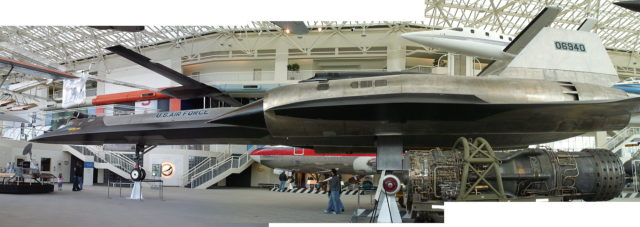
The company proposed an airframe that could reach an extreme velocity of Mach 3.5 at near-space altitudes. At the same time, it could maintain an exceptionally low cross-radar signature that would make it difficult for enemies to track. Before the Blackbird, titanium was used sparingly—usually on high-temperature exhaust fairings, and other small parts directly related to supporting, cooling, or shaping high-temperature areas on aircraft. The Blackbird was completely different. This plane was made mostly out of titanium, about eighty-five percent, to be more precise. The other fifteen percent was high-end composite materials.
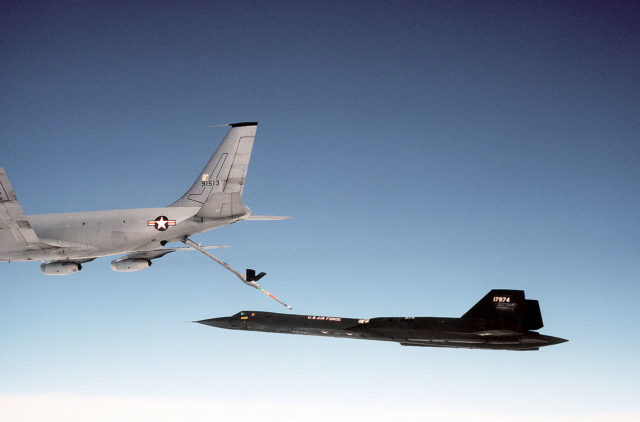
At the time, in the 1960s, computerized equipment was non-existent, so not only was the cockpit unsurprisingly analog, but the Blackbird’s size also had to be adjusted. All of the required gear, which was analog and therefore larger than their modern counterparts, had to fit into the craft. This meant that the plane was relatively large.
In their typical undercover fashion, the CIA created several cover-up companies that were used to purchase the required titanium for the Blackbird’s construction. The source of the titanium was, interestingly, the Soviet Union. This is especially ironic because the Blackbird would be used to gather and rely on information about the Soviet Union to the USA.
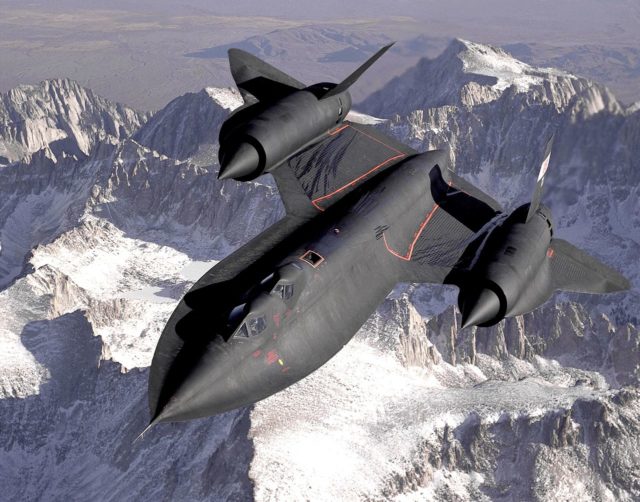
The Blackbird’s design was ahead of its time; so much so that many new technologies had to be invented specifically to create the plane. Some of these technologies are still used today. According to Kelly Johnson, one of the biggest problems that engineers faced at the time was working with titanium. “We produced 6,000 parts, and of them, fewer than ten percent were any good. The material [titanium] was so brittle that if you dropped a piece on the floor it would shatter”, he explained.
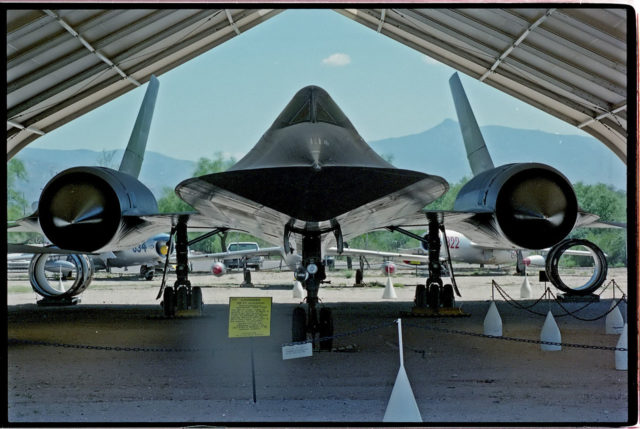
There were a couple of other difficulties that they encountered. For example, ordinary drills were useless with titanium, because after about seventeen rivet holes, the drill would be destroyed. Yet another obstruction occurred during the welding process. They eventually figured out that if an extremely rare and expensive argon shielding gas was used, they could ensure the highest quality of welds.
The problems did not end with the construction. Since the velocity and height of the Blackbird were so extreme, crews had to adjust and train accordingly. The two major survival problems that crews faced whilst flying altitudes of 80,000 feet were maintaining consciousness at high altitude and surviving a possible emergency ejection. Major Brian Shul is the author of Sled Driver, a book about his experience as a pilot of the SR-71. He explained that whilst flying at Mach 3.5, the pilot could cover several countries in the Middle East in mere minutes. To cope with the low atmospheric pressure and lack of oxygen at high altitudes, pilots were required to wear pressurized flight suits.
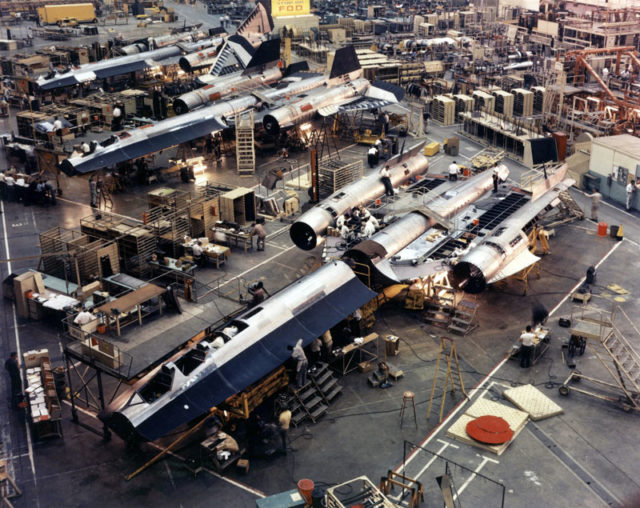
Flying at Mach 3.5 had other side effects too. When flying at full velocity, the surface of the Blackbird heats up to 260°C+ (500 °F). If the airplane did not have proper air conditioning system, the cockpit could also heat up to about 120°C. After landing, there was a required cool-off period—ground crew and pilots had to wait for the plane’s temperature to drop before beginning any maintenance work.
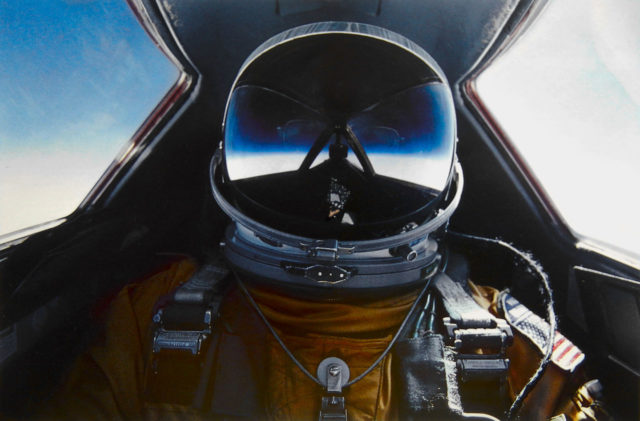
In total, 3,551 mission sorties were flown by the Blackbird to spy on military installations, troop movements, and nuclear silos during the Cold War with the Soviet Union. Due to the spy equipment installed, Blackbirds were able to survey 100,000 square miles per hour of Earth’s surface from an altitude of 80,000 feet. Many of these missions were over conflict countries, such as the Middle East, Asia, and a large part of Europe. Of the thirty-two aircraft that were built, twelve of those were lost. None of those, however, were lost due to enemy military retaliation, which is an impressive feat.
There is no doubt that the Blackbird was an airplane ahead of its time. The lack of technology in the early 60s meant that there are several design flaws, so to speak, that were left unsolved.
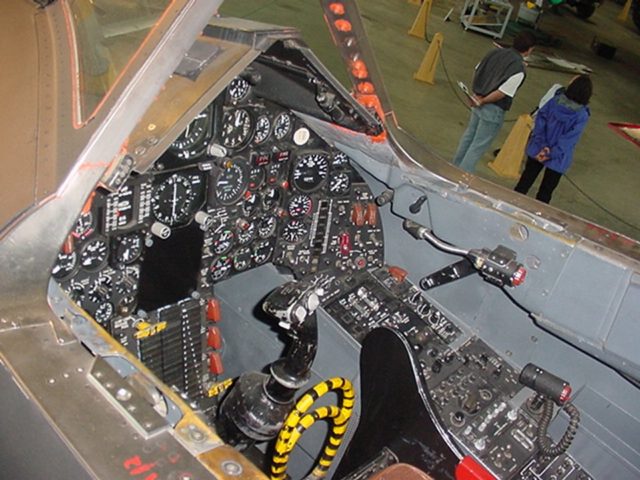
For example, one of the complications that designers faced was the creation of fuel tanks (fuel cells). At the time, there were no materials that would make it possible to withstand the extreme temperature differences that a normal flight would experience. In the end, Lockheed designed the fuel cells in such a way that once the airplane was hot enough, the cells would expand and seal the leaking fuel.
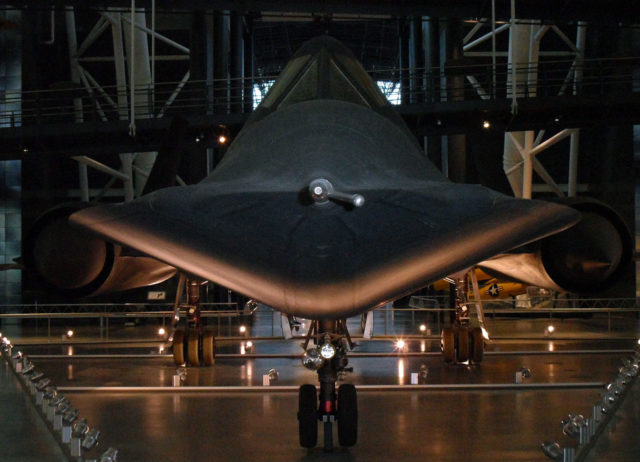
In order to decrease take-off load, and therefore relieve stress on the titanium airframe, the fuel cells were only partially filled. Furthermore, crews had to use two different mixtures of fuel. One was used to start the craft, and the other to actually fly it. Once airborne, the Blackbird had to be immediately refuelled from a KC-135Q Stratotanker.
Unfortunately, the Blackbird fleet was expensive to maintain. The USAF tried to retire the planes black in 1987, but they didn’t retire officially until 1989. The option of reactivating the fleet was considered during the 1993 conflict in the Middle East. An expedited reconnaissance would have been extremely helpful. Finally, in 1998, the Blackbird project was permanently retired in 1998. The last two flyable planes were given to NASA and were used 1999. Now, all the Blackbirds people see are in museums.
